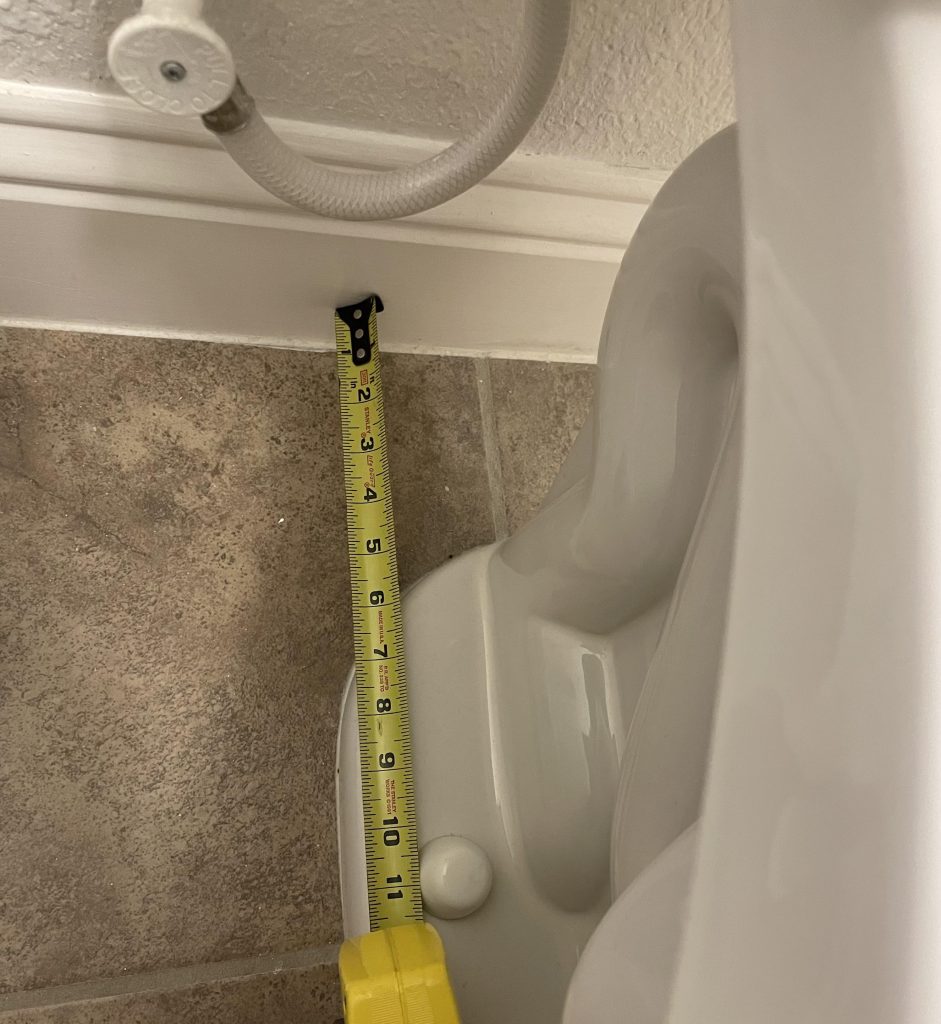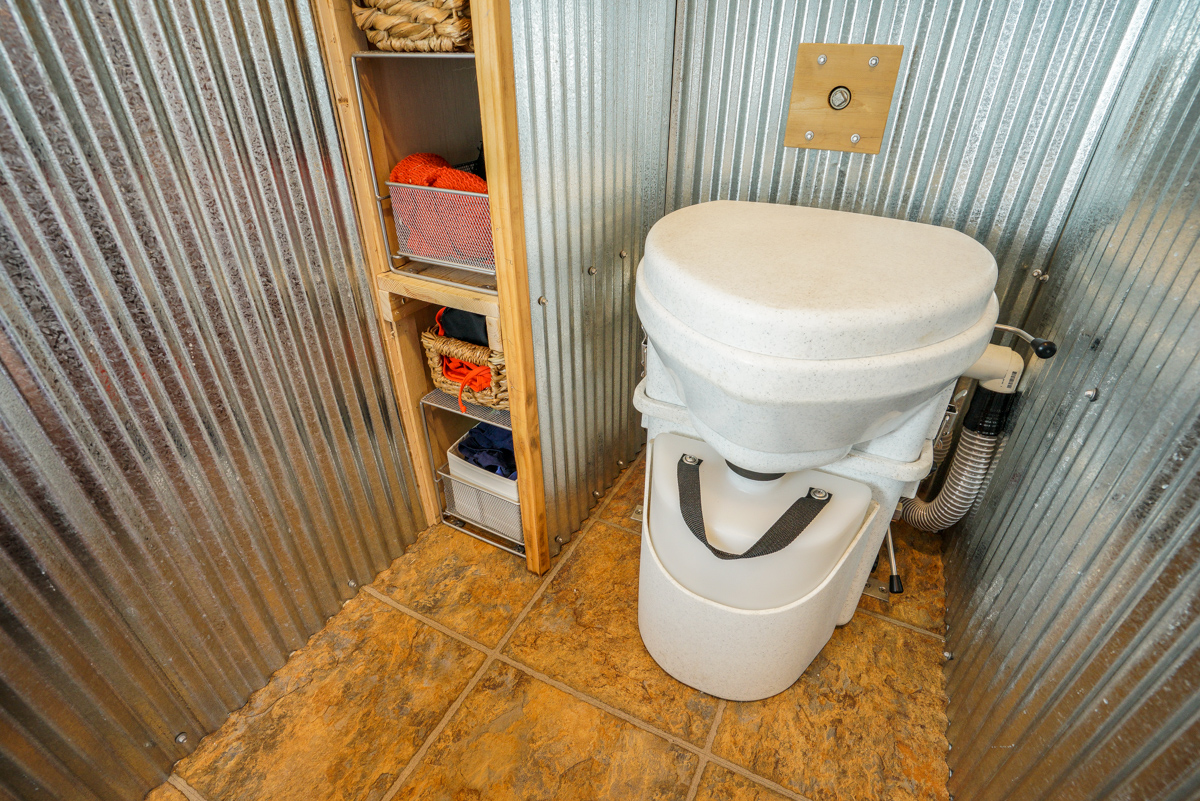Disclosure: This post contains affiliate links and I will be compensated if you make a purchase after clicking through my links. Learn More
Clogged toilets due to paper towels can be a frustrating and distressing issue for any homeowner. When faced with this problem, it’s essential to address it quickly to prevent further damage to your plumbing system and avoid potential water damage to your bathroom. In this comprehensive guide, we’ll walk you through the steps to unclog paper towels from your toilet safely and effectively.
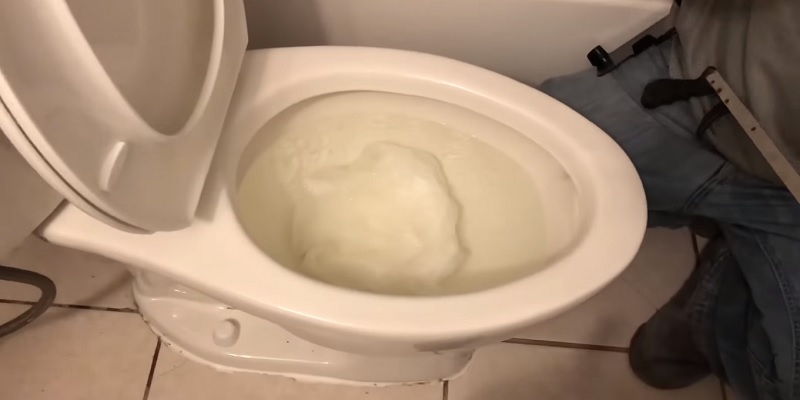
Understanding the Problem
Paper towels are designed to be more durable and absorbent than regular toilet paper, which makes them a common culprit for toilet clogs. Unlike toilet paper, which is designed to break down quickly in water, paper towels are made to retain their strength and absorb liquids without falling apart. This durability is what makes them useful for cleaning up spills and messes, but it also means they don’t dissolve easily when flushed down the toilet.
Common scenarios that lead to paper towel clogs include:
- Using paper towels as a substitute for toilet paper
- Accidentally dropping a paper towel into the toilet bowl
- Flushing paper towels used to clean the bathroom
- Children flushing paper towels out of curiosity or mischief
When a paper towel enters the toilet drainage system, it can quickly absorb water and expand, creating a blockage that prevents water and waste from flowing through the pipes. If left unaddressed, this clog can lead to overflowing toilets, water damage, and potentially costly plumbing repairs.
Immediate Steps to Take
If you suspect a paper towel clog, the first step is to turn off the water supply to your toilet. This will prevent any additional water from entering the bowl and potentially overflowing onto your bathroom floor. Look for the water shut-off valve, which is typically located near the base of the toilet, and turn it clockwise to close it.
Next, gather the tools you may need to tackle the clog:
- Plunger: A plunger with a flange (a soft rubber extension) is best suited for toilets.
- Toilet auger (also known as a plumber’s snake): This long, flexible tool can help break up and remove clogs deep in the pipes.
- Rubber gloves: To protect your hands from unsanitary conditions.
- Bucket and towels: In case of any water spillage during the unclogging process.
Using a Plunger
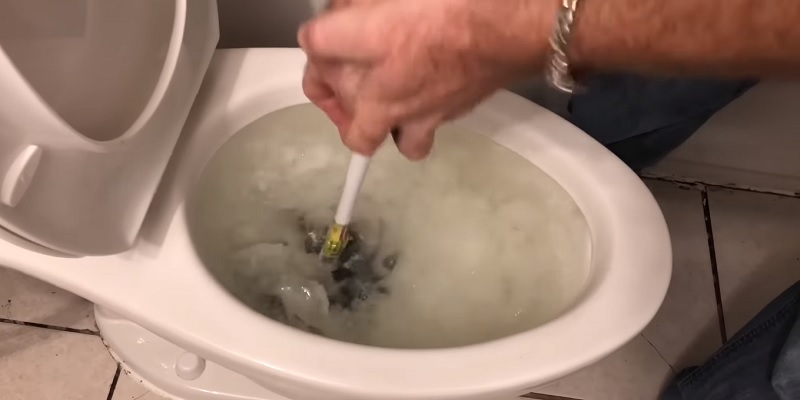
A plunger is often the first tool homeowners reach for when faced with a clogged toilet. When used correctly, a plunger can generate enough pressure to dislodge the paper towel clog and restore proper flow through the pipes.
Here’s a step-by-step guide on how to use a plunger effectively:
- Ensure there is enough water in the bowl to cover the plunger’s head. If the water level is too low, add some from a bucket or the sink.
- Place the plunger over the toilet bowl’s drain hole, ensuring that the flange is fully submerged in the water. This creates a proper seal, which is essential for building up pressure.
- Push and pull the plunger vigorously several times while maintaining the seal. The forceful motion creates suction and pressure, which can help break up the clog and push it through the pipes.
- After a few plunges, quickly pull the plunger away from the drain hole. This sudden release of pressure can often dislodge the clog.
- Flush the toilet to see if the water drains normally. If it does, you’ve successfully unclogged the toilet. If not, repeat the plunging process a few more times.
If plunging doesn’t resolve the issue, don’t force it. Excessive plunging can potentially damage your toilet or cause water to splash out of the bowl. In this case, it’s time to move on to the next method.
Using a Toilet Auger
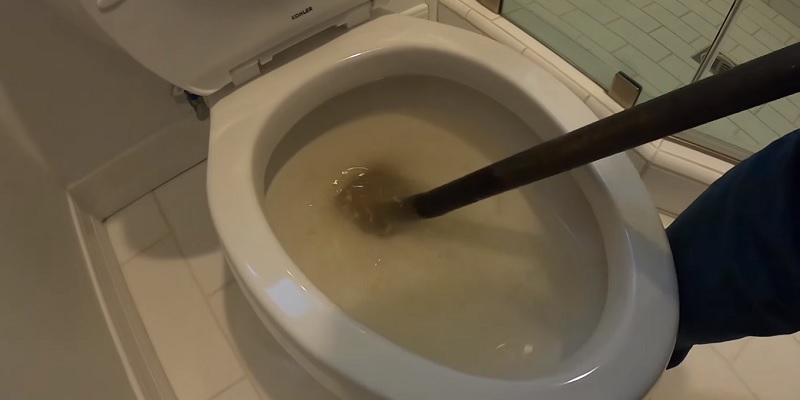
A toilet auger, also known as a plumber’s snake, is a long, flexible tool designed to reach deep into the toilet and remove stubborn clogs. It consists of a coiled wire or cable with a handle on one end and a corkscrew-shaped tip on the other.
Here’s a step-by-step guide on how to use a toilet auger:
- Insert the end of the auger into the toilet bowl, aiming it directly at the drain hole.
- Turn the handle clockwise to extend the cable into the toilet trap and drain pipe. Continue turning until you feel resistance, indicating you’ve reached the clog.
- Continue turning the handle, applying gentle pressure to help the auger’s tip break through the clog. You may feel the resistance ease as the paper towel clog starts to break apart.
- Once you’ve broken through the clog, rotate the auger a few more times to ensure the paper towel is thoroughly broken up and hooked onto the auger’s tip.
- Slowly pull the auger out of the toilet, removing the broken-up paper towel debris with it. Be prepared for some water to splash out of the bowl as you remove the auger.
- Flush the toilet to check if the water drains properly. If it does, you’ve successfully removed the clog. If not, repeat the process or consider trying a dissolving agent.
When using a toilet auger, be cautious not to scratch the toilet bowl or damage the porcelain. Also, be sure to sanitize the auger after use and store it safely to prevent injury.
Dissolving Paper Towels
In some cases, plunging and using a toilet auger may not be enough to fully remove a paper towel clog. When this happens, dissolving agents can help break down the paper towel fibers, making it easier for the clog to pass through the pipes.
There are two main types of dissolving agents: chemical and natural.
Chemical dissolving agents, such as commercial clog removers, contain harsh chemicals that can break down organic materials like paper towels. While these products can be effective, they may also damage your plumbing system if used excessively or improperly. Always follow the manufacturer’s instructions and use caution when handling these chemicals.
Natural dissolving agents, such as baking soda and vinegar, offer a safer and more environmentally friendly alternative.
Here’s a step-by-step guide on how to use baking soda and vinegar to dissolve paper towels in your toilet:
- Pour 1 cup of baking soda into the toilet bowl, aiming directly at the drain hole.
- Slowly pour 1 cup of white vinegar into the bowl, again focusing on the drain area. The mixture will start to fizz and bubble as the vinegar reacts with the baking soda.
- Allow the mixture to sit in the toilet for at least 30 minutes, or even overnight for tough clogs. During this time, the baking soda and vinegar will work together to break down the paper towel fibers.
- After the waiting period, try flushing the toilet. If the water drains normally, the clog has been successfully dissolved. If not, you may need to repeat the process or try plunging again.
When using any dissolving agents, it’s essential to take proper precautions:
- Always wear gloves and protective eyewear to avoid contact with chemicals or splashing water.
- Ensure proper ventilation in the bathroom, especially when using commercial clog removers.
- Never mix different types of chemical dissolving agents, as this can create dangerous fumes or reactions.
- Be patient and allow the dissolving agents time to work. Rushing the process or adding more chemicals can lead to damage or injury.
Preventative Measures
Preventing paper towel clogs is much easier than having to deal with them once they occur. By implementing some simple preventative measures, you can keep your plumbing system running smoothly and avoid the hassle of unclogging your toilet.
Here are some tips to prevent future paper towel clogs:
1. Educate your household members about proper toilet paper usage. Make sure everyone understands that only toilet paper should be flushed and that paper towels, facial tissues, and other paper products can cause clogs. Consider posting a reminder sign near the toilet.
2. Provide alternative disposal methods for paper towels. Place a small trash can next to the toilet for used paper towels and other non-flushable items. Make sure to empty the trash regularly to prevent overflow.
3. Use toilet paper alternatives that are safe for flushing. If you or someone in your household frequently uses paper towels or other non-flushable paper products, consider switching to flushable wipes or biodegradable toilet paper. These products are designed to break down quickly in water and are less likely to cause clogs.
4. Perform regular toilet maintenance. At least once a month, pour a mixture of baking soda and vinegar into the toilet bowl and let it sit for 30 minutes before flushing. This can help break down any small clogs or buildup in the pipes, preventing larger clogs from forming.
By adopting these preventative measures, you can significantly reduce the likelihood of paper towel clogs and keep your plumbing system functioning properly.
When to Call a Professional
While many paper towel clogs can be resolved using the methods outlined above, there are some situations where it’s best to call in a professional plumber:
Persistent clogs: If you’ve tried plunging, using a toilet auger, and dissolving agents, but the clog remains, it’s time to call a plumber. Continuing to attempt DIY methods can potentially damage your plumbing system or cause water damage to your bathroom.
Water damage around the toilet base: If you notice water pooling around the base of your toilet or seeping into the walls or floors, it’s a sign of a more serious issue. This could indicate a damaged wax seal, a cracked toilet bowl, or a problem with the plumbing system. In these cases, it’s essential to call a professional to assess the situation and make necessary repairs.
When choosing a reputable plumber, consider the following:
- Check for proper licensing and insurance. A qualified plumber should be licensed by your state and carry liability insurance to protect you in case of any damages or accidents during the repair process.
- Look for experience and positive reviews. Choose a plumber with a proven track record of successfully resolving toilet clogs and other plumbing issues. Read online reviews or ask for references to gauge their reputation.
- Ask about pricing and guarantees. Before hiring a plumber, inquire about their pricing structure and any guarantees they offer on their work. Some plumbers may charge a flat rate for unclogging services, while others may charge by the hour. Make sure you understand the costs upfront to avoid surprises.
On average, professional plumbing services for unclogging a toilet can range from $100 to $300, depending on the severity of the clog and your location. While this may seem costly compared to DIY methods, it’s often worth the investment to ensure the job is done correctly and to prevent further damage to your plumbing system.
Final Thoughts
Dealing with a paper towel clog in your toilet can be a frustrating experience, but by following the step-by-step guide outlined in this article, you can effectively unclog your toilet and restore proper function to your plumbing system. Remember to start with the least invasive methods, such as plunging and using a toilet auger, before moving on to dissolving agents or calling a professional.
To prevent future clogs, be sure to educate your household members on proper toilet usage, provide alternative disposal methods for paper towels, and perform regular toilet maintenance. By taking these preventative measures, you can save yourself the hassle and expense of dealing with paper towel clogs in the future.
If you’ve successfully used any of the methods described in this article or have additional tips to share, we’d love to hear about your experiences in the comments section below. And if you found this guide helpful, please consider sharing it on social media to help others who may be facing a similar problem.
FAQs:
Can I use bleach to dissolve paper towels in the toilet?
While bleach is a powerful cleaning agent, it’s not recommended for use in dissolving paper towel clogs. Bleach can potentially damage your plumbing system and may produce harmful fumes when mixed with other chemicals. Stick to safer options like baking soda and vinegar, or commercial clog removers specifically designed for toilets.
What household items can help dissolve paper towels?
In addition to baking soda and vinegar, some other household items that can help break down paper towel clogs include:
- Hot water: Pouring a pot of boiling water into the toilet bowl can help soften and break up the paper towel fibers.
- Dish soap: Adding a few squirts of dish soap to the toilet bowl can help lubricate the clog and make it easier to flush.
- Epsom salt: Sprinkling a cup of Epsom salt into the toilet bowl and letting it sit for a few hours can help break down the paper towel clog.
How long does it take for paper towels to dissolve naturally?
The time it takes for paper towels to dissolve naturally in a toilet can vary depending on the brand and thickness of the paper towel, as well as the condition of your plumbing system. In general, it can take several hours to a few days for paper towels to break down completely. However, it’s not recommended to rely on natural dissolution, as the clog can cause further damage to your plumbing system in the meantime. It’s best to take active steps to remove the clog using the methods outlined in this guide.

